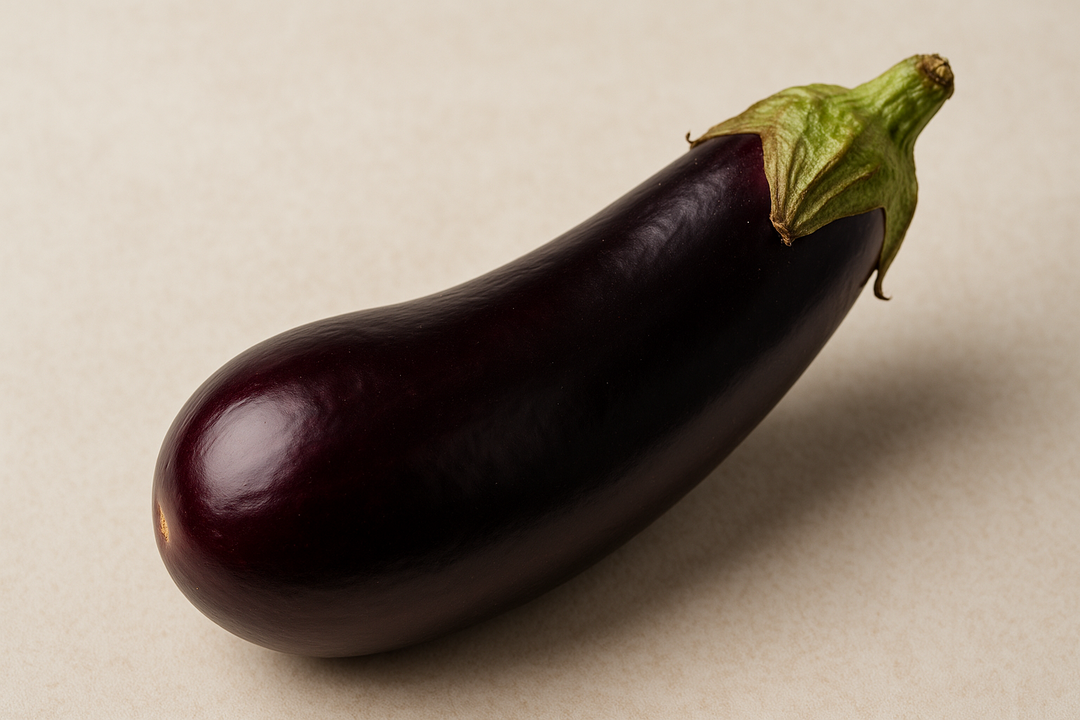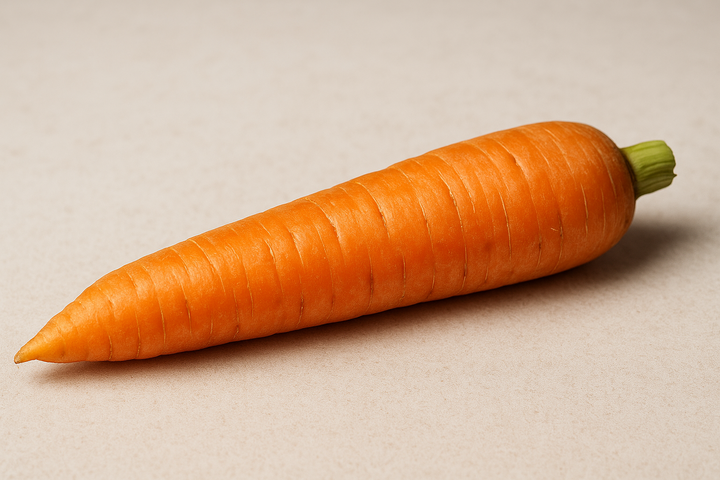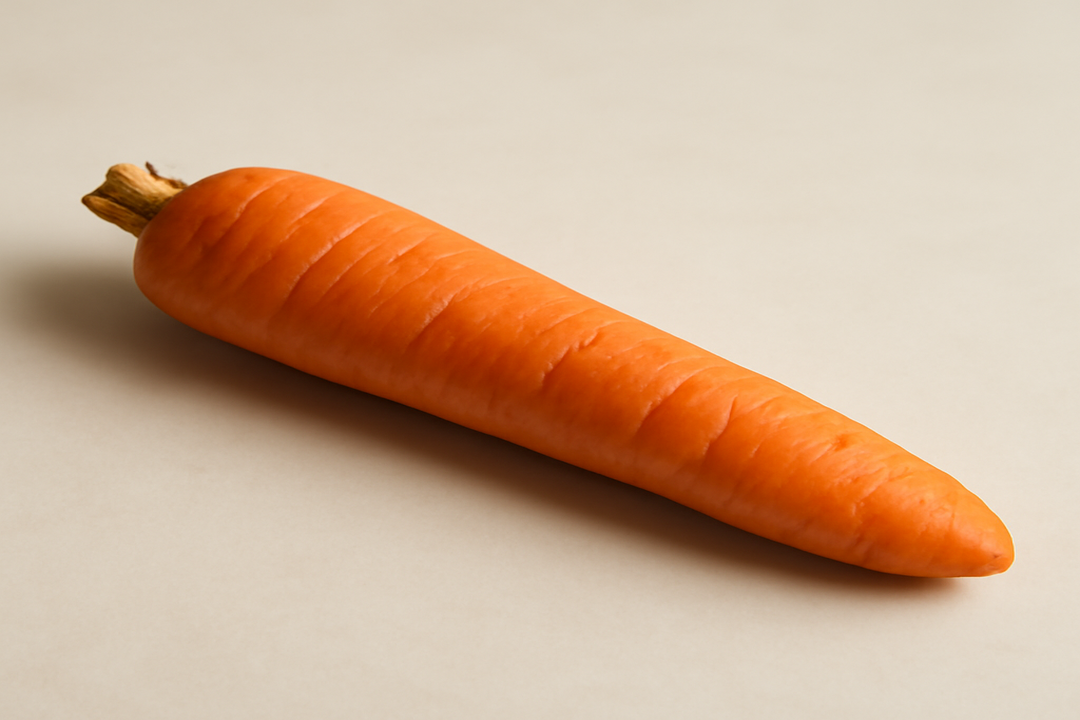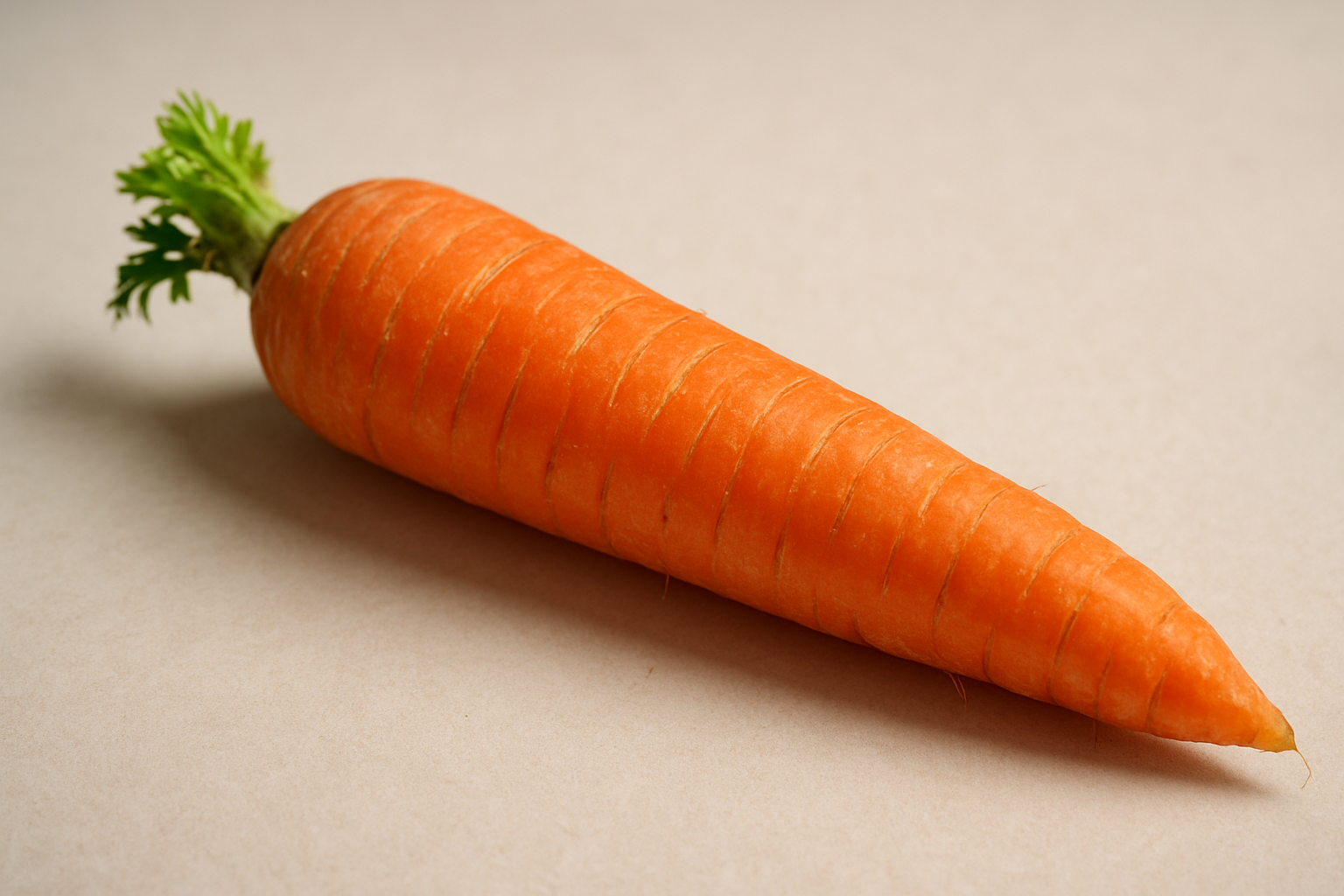Dolphins exhibit fascinating anatomical adaptations, particularly in their reproductive organs. Dolphin penises, varying across species, can reach impressive sizes, such as arm-length in common dolphins and table-length in killer whales. These prehensile organs are crucial for navigating complex female reproductive tracts, illustrating evolutionary adaptations for reproductive success and social interactions.
Dolphins, known for their intelligence and playful nature, possess a fascinating anatomy that often piques scientific curiosity, particularly regarding their reproductive organs. The size and functionality of a dolphin penis are not only remarkable but also serve as a testament to the evolutionary adaptations these marine mammals have undergone. This topic, though surprising to many, offers a window into the complex world of marine biology and the evolutionary pressures that shape these creatures.
Exploring Dolphin Anatomy
The anatomy of dolphins, especially their reproductive organs, is a subject that often surprises due to the unique adaptations and sizes involved. Dolphin penises are not only notable for their size but also for their functionality, which plays a crucial role in their reproductive success. These organs exhibit a prehensile nature, allowing them to swivel and grasp, which is essential for navigating the complex female reproductive tracts. This adaptability is a prime example of how evolution has tailored dolphin anatomy for reproductive efficiency.
Addressing Curiosities and Misconceptions
There is a general curiosity and a fair share of misconceptions surrounding the size and function of dolphin penises. Many are unaware of how these features vary significantly across different species, with some reaching lengths comparable to an arm, and in the case of killer whales, as long as a table. Understanding these biological features is crucial within the context of marine biology and evolutionary science, as they offer insights into how these animals have adapted to their aquatic environments.
Importance of Understanding Dolphin Reproductive Anatomy
Studying the reproductive anatomy of dolphins provides valuable insights into evolutionary biology, sexual selection, and adaptation strategies. These insights help scientists understand the pressures and challenges faced by marine mammals in their natural habitats. By examining the size and functionality of dolphin penises, researchers can gain a deeper appreciation of the evolutionary processes that have shaped these remarkable creatures. This knowledge not only enhances our understanding of dolphins but also contributes to broader ecological and evolutionary studies.
When delving deeper into the size variations of dolphin penises across different species, it becomes evident that nature has crafted these organs with remarkable diversity. For example, in common dolphins, the penis can reach lengths comparable to a human arm, providing them with the necessary reach and flexibility for successful mating in the aquatic environment. In contrast, the killer whale, a member of the dolphin family, boasts an even more impressive size, with their penises sometimes extending to lengths comparable to a dining table. This stark variation underscores the evolutionary adaptations that have arisen to meet the reproductive demands of each species.
Size Variations Across Species
The harbor porpoise, despite its smaller overall body size, possesses a penis that can extend to its chin length when erect. This adaptation is particularly fascinating, as it highlights how even smaller cetaceans have evolved significant reproductive organs to ensure effective mating. Such size variations are not merely curiosities but are deeply tied to each species’ reproductive strategies and ecological niches.
Anatomical and Biological Insights
Scientific studies have shed light on the anatomical and biological intricacies of dolphin reproductive organs. Research indicates that as male dolphins mature, there is a significant increase in testicular and presumably penile size, correlating with their sexual maturity. This growth is essential for understanding how reproductive success is achieved in the wild. Moreover, 3D modeling and biomechanics have played a crucial role in revealing how these organs function. By examining mummified and 3D-modeled genitalia, scientists have discovered that dolphin penises are perfectly adapted to fit the complex, spiraled vaginas of females, suggesting a coevolutionary relationship aimed at maximizing fertilization success.
Evolutionary Perspectives
From an evolutionary standpoint, the size and functionality of dolphin penises are shaped by sexual selection pressures. Research has shown that the size of the pelvic bone in cetaceans correlates with penis size, reflecting the need for enhanced reproductive maneuverability. This relationship highlights the role of sexual selection in driving the evolution of genital morphology, ensuring that dolphins can successfully navigate the reproductive challenges posed by their aquatic environment.
These anatomical features are not just about size; they also reflect the intricate dance of evolution and adaptation. The prehensile nature of dolphin penises allows them to swivel and grasp, providing the dexterity needed to navigate the female reproductive tract. This adaptability is crucial, as female dolphins have evolved twisted vaginal tracts that may serve to exert control over fertilization, adding another layer of complexity to dolphin reproduction.
Complexity Beyond Size
The functionality of dolphin penises extends beyond reproduction. Their prehensile nature supports dexterous use, which is associated with social and pleasure behaviors. This multifaceted role of the penis in dolphin society reflects a sophisticated level of social interaction and highlights the importance of these organs beyond mere reproductive functions.
Comparative Sizes of Dolphin Penises Across Species
| Species |
Average Penis Length |
Unique Features |
| Common Dolphin |
Arm-length |
Prehensile, dexterous |
| Killer Whale |
Table-length |
Complex vaginal navigation |
| Harbor Porpoise |
Chin-length |
Adapted for smaller body size |
Understanding the size and functionality of dolphin penises provides a fascinating glimpse into the evolutionary pressures and adaptations that have shaped these remarkable creatures. As we continue to study these aspects, we gain invaluable insights into the broader narrative of marine biology and the intricate dance of life beneath the waves.
Beyond their impressive size, dolphin penises exhibit remarkable complexity and functionality, contributing to both reproductive success and social dynamics. These organs are prehensile, meaning they can swivel and grasp, allowing dolphins to navigate the complex female reproductive tracts with precision. This dexterity is not only crucial for mating but also plays a role in social and pleasure behaviors, highlighting the multifaceted nature of these organs.
Female dolphins, on the other hand, have evolved twisted vaginal tracts, which may be used to exert control over fertilization. This anatomical feature adds another layer of complexity to dolphin reproduction, suggesting a coevolution of male and female reproductive systems. The interplay between these adaptations underscores the sophisticated nature of dolphin mating strategies and the evolutionary pressures that have shaped them.
Comparative Sizes of Dolphin Penises Across Species
| Species |
Average Penis Length |
Unique Features |
| Common Dolphin |
Arm-length |
Prehensile, dexterous |
| Killer Whale |
Table-length |
Complex vaginal navigation |
| Harbor Porpoise |
Chin-length |
Adapted for smaller body size |
The study of dolphin reproductive anatomy not only illuminates the intricacies of their mating behaviors but also enriches our understanding of marine biology as a whole. By examining the size and functionality of dolphin penises, researchers can explore the evolutionary processes that have shaped these extraordinary creatures. This knowledge is crucial for appreciating the role of sexual selection and adaptation in the natural world.
Frequently Asked Questions
Q1: Why do dolphin penises vary so much in size?
A: Size variations are driven by species differences, sexual maturity, and evolutionary adaptations for reproductive success. Different species have evolved distinct reproductive strategies, resulting in variations in penis size to meet their ecological needs.
Q2: How does the prehensile nature of a dolphin’s penis benefit them?
A: The prehensile nature allows for better navigation of the female reproductive tract, facilitating successful mating. It also plays a role in social interactions and behaviors beyond mating, reflecting the complex social dynamics of dolphin communities.
Q3: Are there any other animals with similar reproductive adaptations?
A: Yes, some other marine mammals and certain land animals also exhibit unique reproductive adaptations. However, dolphins are particularly noted for their complex genital morphology and the role these adaptations play in their social and reproductive behaviors.
Q4: How does studying dolphin penises contribute to marine biology?
A: Studying these features provides insights into reproductive strategies, evolutionary biology, and the impact of sexual selection on anatomical development. It helps scientists understand how marine mammals have adapted to their environments and the evolutionary pressures that shape their behaviors and physiology.




